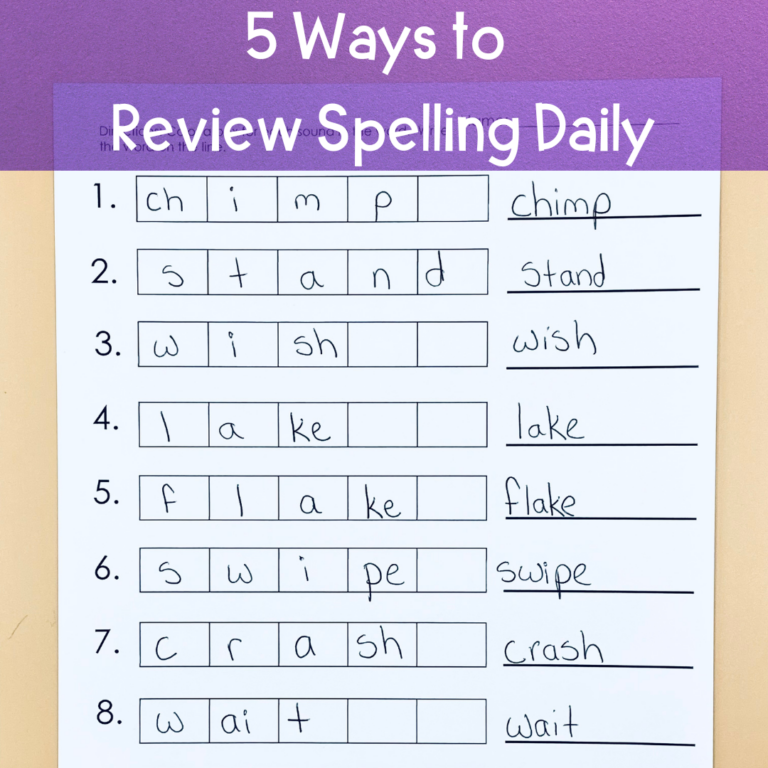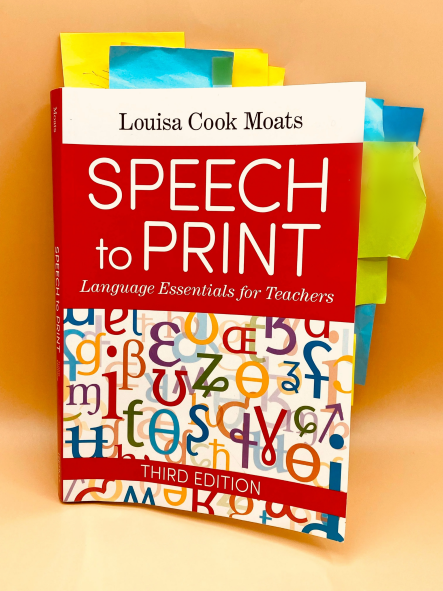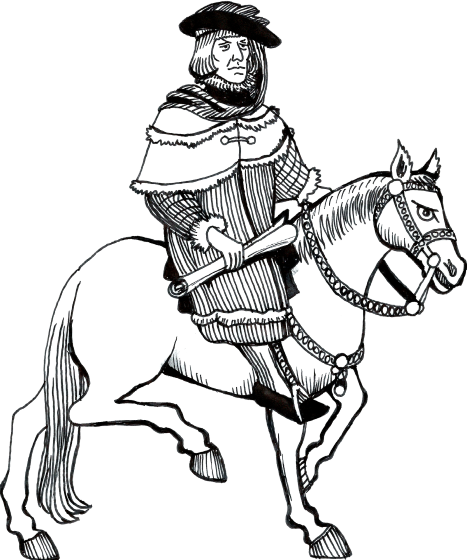
Share This:

It’s one of those books you know you should read, but it takes all of us forever to actually sit down and read it. So is it worth all the hype? In my opinion, it gives valuable information about all aspects of learning to read, from phonemes to spelling, to syntax and semantics. This is not a book about comprehension, but it IS a book about those foundational skills that make comprehension so much easier to tackle. But be warned, it’s not a light, beachy read. It reads more like a textbook than anything else, andit is incredibly valuable work.
This book gives the ins and outs of the English language, as well as how that applies to our instruction. It is rooted in solid research and includes tons of exercises to help put the objectives into practices. You can rest easy knowing that her work aligns with the Science of Reading.
All teachers could benefit from reading this book, but I think this work is especially critical for primary teachers and teachers of English Language Learners. Louisa Moats takes you through all the sounds in English, explaining both the manner and place of articulation. After reading this, when a child writes bath as “baf,” you know that they are mistaking an unvoiced fricative with its voiced pair. I felt this book gave me the knowledge to understand why my students are making mistakes so that I can move them forward.
Moving beyond just the sounds in English, I loved all the history she includes in Chapter 4. We know that English is made up of Latin, Greek, French, and Anglo-Saxon, but she goes into the history and explains some of the shifts in language. For example, did you know that in Anglo-Saxon English, many of the “silent” letters that make us shake our head were actually voiced in the past? I find this kind of information fascinating for both myself and to help explain seemingly odd spellings to my students.

I won’t go through each chapter, but I will end with one more chapter I loved. Louisa Moats’ chapter on morphology is top notch. In 40 pages, she explained morphology better than many entire books have! So even if you are not a primary teacher, her chapter on morphology, as well as on syntax, can help guide your instruction.
I tried reading this book several times. If it weren’t for the fact that I had to host a Book Club on it, it may have taken me several tries before I finally finished it. The first three chapters are incredibly dense. In chapter 1, Moats goes into some of the “typical” Science of Reading-type things, like Scarborough’s Reading Rope and the Simple View of Reading. But then Chapter 2 and 3 come along, and that’s where it gets heavy.
Chapter 2 is all about phonetics. If you are a linguist, it was probably a walk in the park. But if you are a reading teacher (who this book is aimed for), you might struggle to get through all of the unfamiliar terms (looking at you bilabial and sonorant) and the International Phonetic Alphabet. Moats uses the International Phonetic Alphabet and since I am unfamiliar with the symbols, I did find it confusing at time. I will say, though, that after Chapter 3, I found the book much more enjoyable
While I recommend this book, and I think everyone should read this book, it is not without flaws. Where Lyn Stone’s work is highly readable, Moats’ work is incredibly dense at points. It can be difficult to understand and get through on your own. So while the information is valuable, I suggest reading this book with a friend or in small chunks. If you try to read it all in one sitting, you will find yourself overwhelmed. So is it worth it? Absolutely! But don’t beat yourself up if you abandon it for periods before coming back and finishing.
Share This:

Savannah Campbell is a K-5 reading specialist. She has taught her entire 12-year teaching career at the school she went to as a child. She holds two master’s degrees in education from the College of William and Mary. Savannah is both Orton-Gillingham and LETRS trained. Her greatest hope in life is to allow all children to live the life they want by helping them to become literate individuals.

Savannah Campbell is a K-5 reading specialist. She has taught her entire 12-year teaching career at the school she went to as a child. She holds two master’s degrees in education from the College of William and Mary. Savannah is both Orton-Gillingham and LETRS trained. Her greatest hope in life is to allow all children to live the life they want by helping them to become literate individuals.
Feeling overwhelmed with all the terminology out there? Want to know the key terms all teachers need to teach phonics? In this FREE Rules of English cheat sheet, you get a 5 page pdf that takes you through the most important terms for understanding English—you’ll learn about digraphs, blends, syllable types, syllable divisions, and move. Grab today and take the stress out of your phonics prep!
